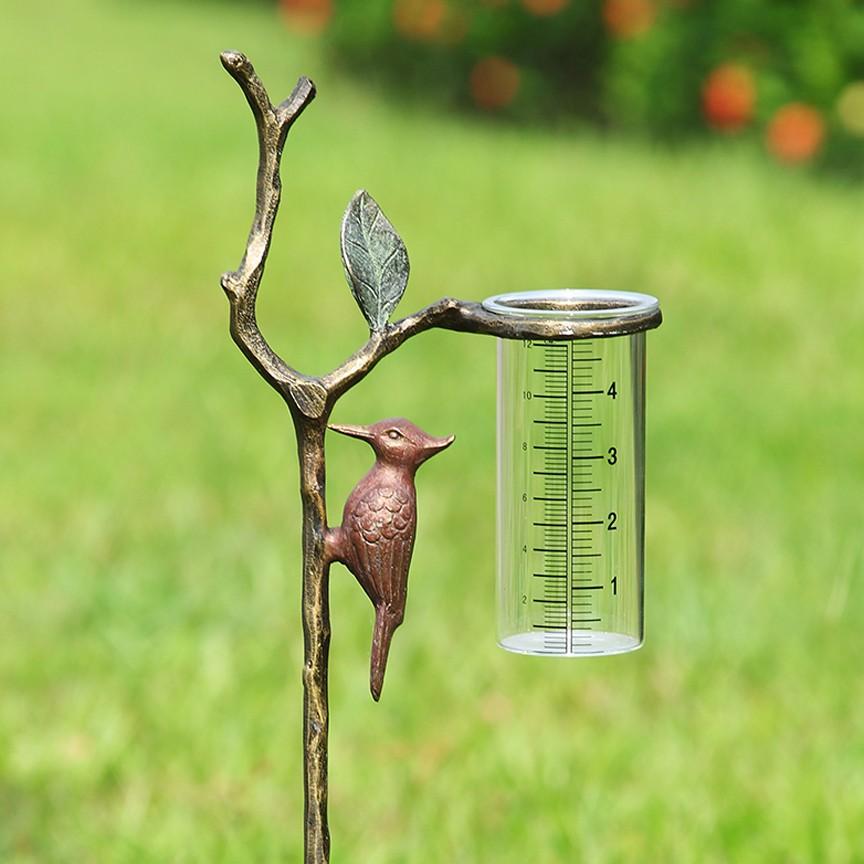Do It Yourself Rain Scale: Basic Actions to Make Your Own
Are you thinking about tracking rainfall in your area? Creating your own DIY rainfall gauge is a simple and efficient means to record and determine precipitation. With just a couple of usual products and some basic steps, you can conveniently construct your very own rain gauge in your home. In this overview, we will offer you with a step-by-step process to help you develop your own rainfall gauge. No requirement for any kind of specialized understanding or devices - this job can be finished by any individual. By following these straightforward instructions, you will certainly have a reliable tool to gauge rains and add to your understanding of the local climate patterns. So, let's get going on making your do it yourself rain gauge today!
Gather Materials
To start building your DIY rain scale, collect all the essential products utilizing an extensive list of products. Having the best materials on hand will certainly ensure the effective creation of your rainfall scale and allow for exact measurements of rains. Collecting these products beforehand will streamline the construction procedure and make certain that you have everything you need to develop your very own DIY rain gauge.
Prepare the Container

Mark the Measurement Increments
To accurately determine the amount of rainfall, properly noting the dimension increments on your DIY rain gauge is essential. Without clear and precise markings, it would certainly be tough to figure out the exact amount of rains collected in your rain gauge. Here are the actions to mark the measurement increments on your rainfall scale.
The most typical systems for measuring rainfall are inches and millimeters. Once you have actually chosen the system, utilize a long-term pen or waterproof paint to note the increments on the side of your rain gauge.
When marking the increments, it is very important to guarantee that they are uniformly spaced and plainly noticeable. Utilize a ruler or measuring tape to make sure accuracy and uniformity. In addition, make certain that the markings are resistant to fading or rubbing off, as direct exposure to the elements may trigger them to deteriorate with time.
Place the Rainfall Gauge Outdoors
The rainfall scale need to be positioned outdoors to properly collect rainfall information. The location chosen for the rainfall scale must be totally free and open from any type of blockages that could possibly affect the measurement of rainfall. It is crucial to discover an area that is not blocked by trees, structures, or various other frameworks that might obstruct the rain from reaching the gauge. This will ensure that the accumulated data is representative of the real rains in the area.
Furthermore, it is critical to position the rain scale on a secure surface, such as a level ground or a durable post. This will stop any kind of activity or tilting of the scale, which can cause incorrect measurements. It is also suggested to prevent putting the scale near any sources of man-made water, such as sprinklers or water drainage systems, as this could conflict with the precision of the measurements.
Display and Record Rainfall Data
Regular surveillance and recording of rainfall data is essential for exact information evaluation and analysis. By tracking rains dimensions, you can get important insights right into climate patterns, climate trends, and water source monitoring. To successfully keep an eye on and record rains data, it is very important to establish a routine and maintain consistent practices.
First of all, make sure that your rainfall scale is placed in an open area far from obstacles such as trees or buildings that may obstruct rains. In addition, see to it the rainfall gauge is degree and safely secured to stop any type of activity that could influence the accuracy of the measurements.

When taping the rains data, it is visit the website very important to note the date and time of each measurement. Utilize a ruler or a measuring stick to identify the rainfall you can find out more depth in the rainfall scale, and record this details accurately.
To ensure the precision of the measurements, it is advised to clear the rainfall gauge after each recording. This will protect against any overflow or dissipation from affecting succeeding dimensions.
Verdict
In verdict, creating a DIY rainfall gauge is a basic and practical way Resources to check and videotape rains data (The Rain Gauge). By complying with the actions outlined in this short article, you can conveniently gather materials, prepare the container, note the measurement increments, and put the rainfall gauge outdoors. On a regular basis keeping track of and tape-recording rainfall information can provide useful information for different objectives
Having the best materials on hand will certainly make sure the effective creation of your rainfall gauge and enable for accurate measurements of rainfall.To accurately measure the quantity of rainfall, precisely marking the dimension increments on your DIY rainfall scale is necessary.The rainfall scale must be put outdoors to properly gather rains information. The area picked for the rain scale need to be open and totally free from any kind of obstructions that might possibly impact the dimension of rains.In final thought, creating a DIY rain gauge is a basic and useful way to keep an eye on and record rainfall data.